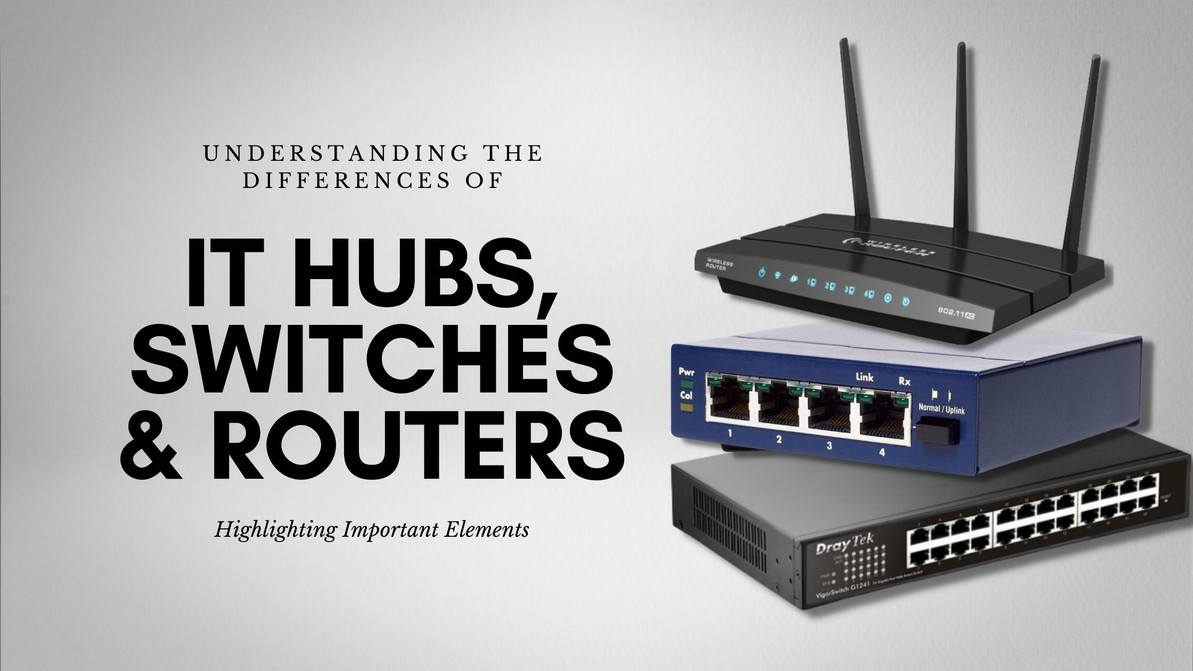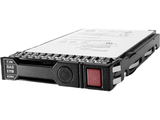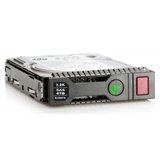Understading the Differences of IT Hubs, Switches & Routers
When most people think about Information Technology, they immediately think of software and software engineering. The first assumption is that IT teams are made up of individuals who know how to code, construct websites, and conduct thorough tests. This is all true, but software also requires hardware in order to function. The entire IT infrastructure comprises of the IT equipment that allows programs
Consider everything from wall jacks to wall jacks as infrastructure. Having a broader perspective on infrastructure allows for productive discussions with individuals who are unfamiliar with the many parts.
Computers, switches, hubs, and routers are some of the most important components of an IT infrastructure. When you enter a data center, you're looking at the center and soul of the IT infrastructure. While we won't go into everything that makes up and IT infrastructure, let's take a look at a few important elements.
Network Switches & Network Hubs
A switch is a device that links many devices together in a data center. They allow components such as computers, printers, and servers to communicate with one another on the same network. Unmanaged switches and managed switches are the two varieties of switches.
If you're in a larger business, you might be using an unmanaged switch. These don't require any setup and simply work when they're connected.
Managed switches, also known as "centralized automation," offer increased security and are set to fit your network precisely. Managed switches are used in businesses with more administration and security needs.
A "Network Hub" is a central connection point for networked devices in a local area network (LAN). When many gadgets are connected to a hub-based network, it becomes sluggish. Larger organizations frequently employ numerous switches that connect different sets of computer systems (think minor networks within the company).
Switches are the devices that allow computers and networks to communicate with one other as well as the internet. Consider switches to be like a spider web's center if you're a visual person. The router connects all of the strands together to allow them to collaborate.
Switches and hubs are similar, but switches are more intelligent. A switch can directly send data to a device when one computer wants to communicate with another. On the other hand, a hub will accept data from one computer and distribute it to all connected computers.
Routers
Routers, on the other hand, are used to link networks. Say you work for a large firm in the sales department (network 1) and need to communicate with the project management department (network 2). The data you transmit would be sent through your switch and directed to a router via this device.
The router is then used to act as a traffic conductor and transmits the data package to the switch, which passes it along to network 2. The switch then directs it to the specific IP address that you are attempting to communicate with.
Because every company has a distinct networking structure, it all depends on the size of the firm and how many people it serves. This is a simple explanation of how devices communicate with one another, and as organizations expand, things get more difficult.
Way To Sum it Up
Despite them being similar, there are differences in how they handle data. Meanwhile, it may be quite challenging for students to distinguish the difference between the three once they are integrated into a single device. One other thing often mentioned with these devices is network speed. The most notable speeds among recent hubsm switches and routers are 100mbps (100 megabits, or million bits, per second) as well as 1gbps (one gigabit, or billion bits per second), wherein these are automatically detected.
Recent Posts
-
Powering Enterprise Storage: Unleashing Performance with the HPE 2.4TB 10K RPM SAS-12Gbps HDD
Introduction In the modern era of enterprise data storage, businesses require high-performance, reli …Mar 13th 2025 -
Maximizing Storage Efficiency: The HPE 1TB 7200RPM SAS-12Gbps Smart Carrier Midline Hard Drive for ProLiant Gen9 & Gen10 Servers
Introduction In today's fast-paced business environment, reliable and high-performing storage s …Mar 12th 2025 -
Maximize Your Server Performance: HPE 4TB 7200RPM SAS Hard Drive for ProLiant Gen8, Gen9, and Gen10
Introduction For businesses relying on Hewlett Packard Enterprise (HPE) ProLiant servers, storage so …Mar 11th 2025




